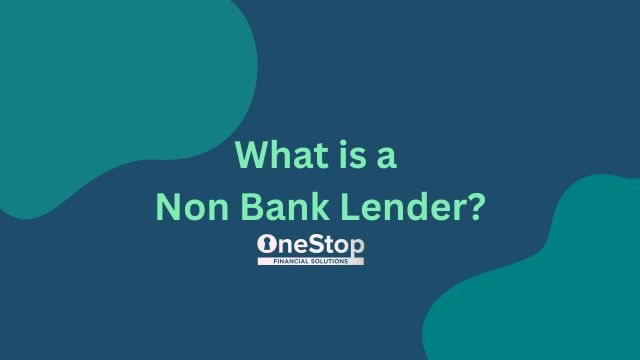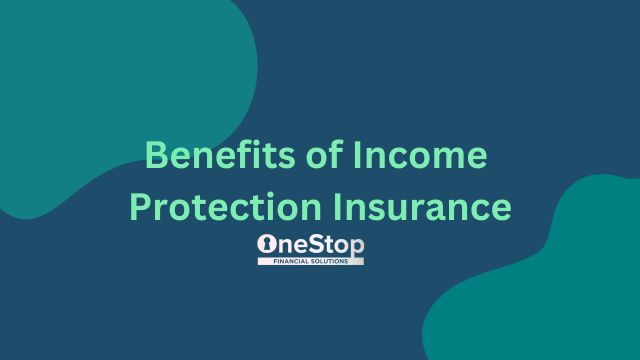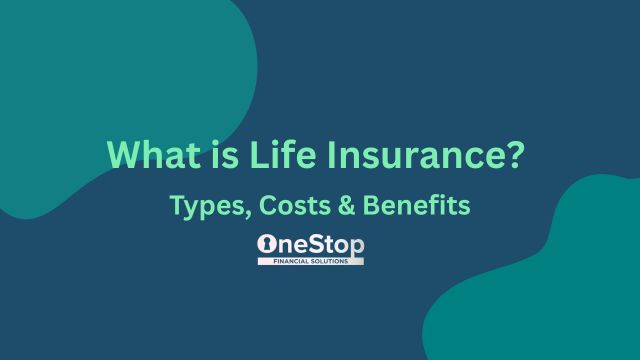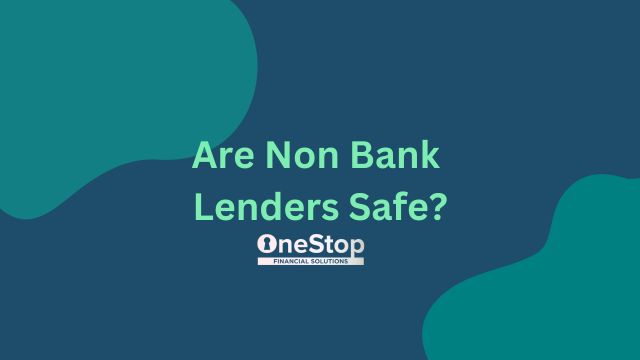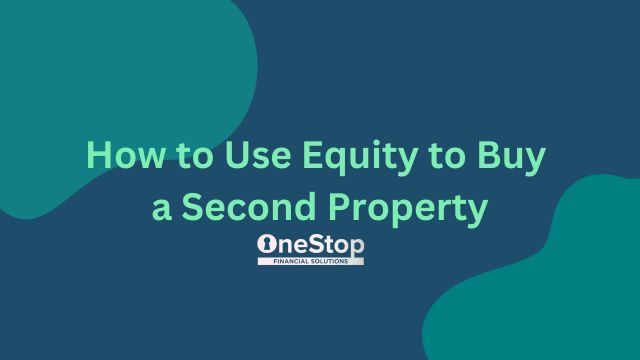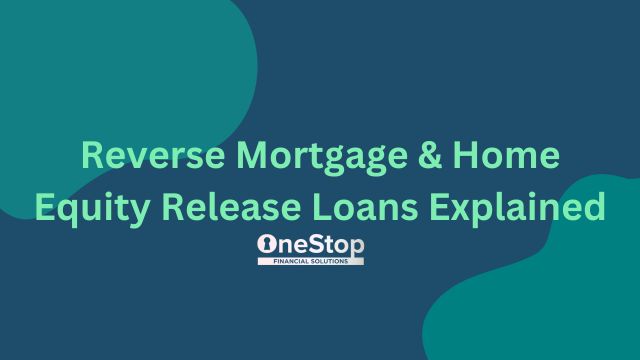What is a Non-Bank Lender? Your Complete Guide to Alternative Lending in New Zealand
When seeking finance in NZ, whether for property, business working capital, or addressing unexpected cash flow challenges, most people immediately think of traditional banks. However, there’s an entire ecosystem of non-bank lenders that plays a vital role in the country’s lending market. Understanding what these lenders are, how they operate, and when they might be the right option can open up new possibilities for securing funding.
What Is a Non-Bank Lender?
A non-bank lender is a financial institution that provides loans and credit without being a registered bank. These entities, also known as second (and sometimes third) tier lenders, operate outside the traditional banking system but are still legitimate creditors.
In New Zealand, non-bank lenders are regulated by the Financial Markets Authority and must comply with responsible lending practices under the Credit Contracts and Consumer Finance Act 2003.
Unlike traditional banks, these lenders don’t take deposits from the public. Instead, they source funding from wholesale markets, private investors, or peer-to-peer lending platforms. This fundamental difference shapes how they operate and what products they offer.
Home loans, investment property finance, business loans, and equipment finance are all available options; however, you tend not to find savings accounts, credit cards, or term deposits like you would with a regular bank.
The Market for Non-Bank Lenders in New Zealand
As of March 2024, non-bank lending institutions held $23 billion in total lending, representing about 3% of total lending to New Zealand households and businesses. This may seem small, particularly when the big four banks (ANZ, ASB, BNZ and Westpac) control 84% of all bank lending.
Yet that $23 billion represents a lifeline for borrowers who don’t fit conventional criteria.
The sector is growing steadily. According to KPMG’s 2024 Financial Institutions Performance Survey, specialist lenders experienced 6.98% growth in total assets, reaching $19.35 billion. Several factors drive this growth:
Stricter bank regulations: The CCCFA introduced tighter affordability assessments for banks, creating opportunities for more flexible non-bank solutions.
LVR restrictions: When the Reserve Bank of New Zealand imposes loan-to-value ratio restrictions on banks, non-bank lenders provide alternative access to credit.
Professional maturity: As the sector has become better regulated, more borrowers and mortgage advisers view non-bank lending as a legitimate option rather than a last resort.
Looking across the Tasman, Australian non-bank lenders held between 9-11% of the home loan market in 2024, more than doubling in recent years. This three-times larger market share compared to NZ demonstrates the potential for expansion as the sector matures and gains wider acceptance.
Commercial property tells an even more compelling story. Australian finance companies account for 16% of the commercial real estate debt market, up from 10.4% in 2020. Industry projections suggest this could double again within the next five years, reaching approximately 30% of commercial property lending.
This commercial property trend is particularly relevant for New Zealand property investors and developers. As traditional lending became more conservative, especially for development projects, smaller commercial properties, or mixed-use developments, non-bank lenders are filling the gap with specialised expertise and flexible structures.
If New Zealand follows a similar trajectory, we can expect alternative lenders to play an increasingly important role in both residential and commercial property finance over the coming years.
How Non-Bank Lenders Differ from Banks
Banks are subject to Reserve Bank prudential supervision and must maintain specific capital ratios. Non-bank lenders face different regulatory frameworks, giving them more flexibility in their lending criteria.
This flexibility means non-bank lenders often:
Accept different security types: Such as commercial property, development sites, or properties needing renovation.
Consider alternative income verification: Self-employed borrowers, contractors, or those with irregular income may find non-bank lenders more accommodating in assessing repayment ability.
Offer faster approval: Without the same bureaucratic structures, non-bank lenders can process applications within days rather than weeks, ideal for time-sensitive transactions.
Take a holistic view: While banks rely heavily on automated credit scoring, non-bank lenders consider your overall financial position beyond just your credit report.
When Non-Bank Lending Makes Sense
Many non-bank lenders tend to have flexible lending criteria and can assist across a wide range of financial circumstances. Here are a few examples:
For Business Owners
Working capital needs: Cash flow gaps are a reality for many businesses. Non-bank lenders can provide quick access to funds for inventory, payroll, operational expenses, or seasonal fluctuations without the extensive documentation and waiting times banks require.
IRD tax debt: This is increasingly relevant. Inland Revenue has significantly ramped up debt collection efforts in 2024-2025, with additional government funding of $116 million over four years allocated to tax compliance and debt recovery.
IRD collected almost $3 billion of overdue debt in the year to March 2025 and opened 3,600 audits in the first half of the 2024/25 financial year – 50% more than the previous year. With tax debt reaching $7.94 billion nationwide and IRD taking a much firmer stance, many business owners need quick access to funds to settle tax obligations before facing legal action or penalties.
Non-bank lenders can provide bridging finance secured against business or residential property to clear IRD debt, allowing you to refinance to a bank once the issue is resolved.
Business expansion or opportunity: When a time-sensitive business opportunity arises such as purchasing equipment, acquiring inventory at a discount, or securing commercial premises, non-bank lenders can move quickly where banks cannot.
Accessing home equity for business: Many business owners have built substantial equity in their residential property but need to access it for business purposes. Banks are often reluctant to lend against residential property for business use, or the approval process takes too long. Non-bank lenders can facilitate this quickly, using your home equity to fund business needs.
Self-employment or complex income: Business owners with multiple income streams, contractors, or those with fluctuating income often struggle to meet bank lending criteria. Non-bank lenders understand business income patterns and can assess serviceability more flexibly, often accepting GST returns or single-year accounts rather than requiring two years of comprehensive financials.
For Property Investors and Developers
Property flipping and renovations: If you’re purchasing an investment property needing significant work or buying at auction with tight deadlines, non-banks can move faster and accept properties banks decline.
Bridging finance: Short-term loans covering the gap between buying a new property and selling your existing one.
Second mortgages: Need to access equity without refinancing your entire first mortgage? Second mortgages from non-bank lenders might suit your needs. Learn more about second mortgages here.
Development finance: Construction and development projects with progress payments tied to building milestones.
For Credit History Challenges
Credit history challenges: Past credit issues or recent defaults don’t automatically disqualify you. Non-bank lenders assess applications case-by-case, focusing on your current financial position and security strength.
High loan-to-value needs: While banks must comply with RBNZ LVR restrictions, non-bank lenders have more flexibility with smaller deposits. Read more about low deposit home loans.
Changes in circumstances: Divorce settlements, inheritance delays, relationship property division, or other life changes that require quick access to funds.
For First Home Buyers
Breaking into New Zealand’s property market has become increasingly challenging, with house prices at unprecedented levels in Auckland and Wellington. For many young Kiwis, non-bank lenders provide an alternative pathway when traditional banks say no.
Smaller deposits: While banks require 20% deposits for existing properties, Kāinga Ora’s First Home Loan allows 5% deposits for eligible buyers earning under $95,000 (individual) or $150,000 (couple). If you don’t qualify or exceed these thresholds, non-bank lenders may accept 10-15% deposits.
Recent employment changes: Banks require extensive employment history. Non-bank lenders focus on your current income and ability to service the loan rather than two years of consistent history.
Auction competition: Faster approval (days versus weeks) gives you an advantage when competing for properties, especially at auctions where unconditional offers attract vendors.
A Strategic Approach to Getting Your First Mortgage
Many first home buyers use non-bank lending as a 2 to 3 year stepping stone, then refinance to a bank or credit union once they’ve built 20% equity through repayments and property appreciation.
Consider the math: On a $500,000 property, the difference between a 7% bank rate and 10% non-bank rate is approximately $15,000 annually. If you refinance within 18 to 24 months, total extra cost is $22,500 to $30,000. Meanwhile, if property values increase by 5% annually, that home appreciates $25,000 yearly, equity you wouldn’t gain while renting.
(please research property values in your area, not all property appreciates, nor is it linear)
Make sure you consider the big picture:
- Ensure repayments are genuinely affordable, not just technically achievable
- Factor in maintenance, insurance, rates, and unexpected expenses
- Understand all costs: application fees, valuation, legal costs, early repayment penalties
- Have a clear exit strategy: when and how you’ll refinance to a bank
- Work with professionals who can assess if this is truly your best option (our team can help with this)
Non-Bank Lending Costs: What to Expect and Why
There’s no denying it, non bank lending usually costs more. While banks offer rates around 6-7%, non-banks typically charge 8-15%. This reflects several realities:
Higher funding costs: Without customer deposits, non-bank lenders pay more for wholesale funding, costs they pass to borrowers.
Increased flexibility: The speed, flexibility, and specialised service come at a premium.
Risk profile: Non-bank lenders often accept situations banks decline (such as a bad credit history), naturally increasing their risk.
Beyond interest rates, expect application fees, valuation fees, legal fees, establishment fees, and sometimes even a monthly fee. Some charge break fees for early repayment. Always request a full fee schedule upfront.
Here’s the key question: Does the value justify the cost? If a non-bank lender helps you:
- Clear IRD debt before penalties escalate
- Seize a time-sensitive business opportunity
- Bridge a temporary cash flow gap
- Enter the property market that appreciates while you build equity
…then the higher interest may be worthwhile as a short-term strategy.
What Loan Products Do Non-Bank Lenders Offer?
Floating rate mortgages: Flexibility to repay without penalties, though rates may fluctuate.
Development finance: Construction loans with progress payments tied to building milestones.
Equity release: Access property equity without selling, useful for business investments, working capital, or tax obligations.
Non-conforming loans: For borrowers outside traditional bank criteria, like low deposits, self-employment, contractor status, new residency, or imperfect credit history.
Low doc loans: When you can’t provide standard income documentation, declaring rather than proving your income through GST returns or single-year financials.
Business purpose loans: Secured against residential or commercial property for business working capital, expansion, or debt consolidation.
Many loans are structured for refinancing to standard bank products once your circumstances improve.
DTI Restrictions Don’t Apply to Non-Bank Lenders
Since July 2024, debt-to-income restrictions limit how much banks can lend based on your income. Banks can only provide 20% of owner-occupier lending to borrowers exceeding 6x annual income, or 20% of investor lending exceeding 7x annual income.
Here’s what matters: DTI restrictions only apply to banks, not non-bank providers.
This creates opportunities for:
High earners with high debt: Professionals with substantial income but significant debt (student loans, business investments) might exceed bank DTI limits despite comfortably affording repayments. Non-bank lenders assess actual cash flow rather than rigid ratios.
Property investors: With multiple mortgages across a portfolio, investors often hit DTI limits. Non-bank lenders aren’t bound by these restrictions.
Multiple income streams: Banks may not fully recognise diverse income sources. Non-bank lenders take a holistic view of your financial position.
High-priced regions: In places like Queenstown or Coromandel, where house prices exceed local incomes, non-bank lenders offer viable alternatives when bank DTI restrictions bind.
What the Application Process Looks Like
Applying through a non-bank lender follows a similar but streamlined process:
- Initial assessment of your income, debts, property, and loan amount
- Property valuation to determine security adequacy and loan-to-value ratio
- Personalised review evaluating cash flow, borrowing reason, and overall position (not just automated scoring)
- Approval and documentation outlining all terms, rates, fees, and requirements
- Settlement typically faster than banks, sometimes within days
Why Professional Advice Matters
Given the complexity and variety of non-bank options, working with a qualified financial adviser or mortgage broker is highly recommended. We understand the non-bank lender ecosystem and can match your situation with the most suitable option, often leveraging relationships that facilitate faster approvals.
A good mortgage broker will:
- Compare multiple lenders for best terms
- Structure your application to maximise approval chances
- Explain all costs and implications clearly
- Assist with paperwork and lender liaison
- Consider your long-term strategy, including refinancing paths
Before choosing a non-bank lender, ask yourself:
- Have I explored all traditional lending solutions?
- Do I understand the total cost over the loan term?
- Is there a clear reason this makes financial sense despite higher costs?
- Do I have a realistic refinancing plan?
- Have I received independent advice?
Want to know if non-bank lenders are safe and reliable? Read our detailed guide on non-bank lender safety.
Talk to Our Non-Bank Lending Specialists
Understanding non-bank loans expands your financial options across property, business, and personal finance needs. These institutions fill essential gaps the big banks cannot address.
While products come at a higher price, the flexibility, speed, and accessibility can be invaluable in the right circumstances. The key is viewing non-bank lending as a strategic short-term solution rather than a permanent arrangement.
If you’re considering a non-bank lender, the team at OneStop Financial Solutions can help you explore your options. We’ll take the time to understand your situation, compare multiple lenders to find the best fit, explain all costs and implications clearly, and ensure any loan aligns with your broader financial goals.
We have the expertise and lender relationships to make the process smooth and straightforward.
Get in touch with OneStop Financial Solutions today to discuss how non-bank lending could work for you. With the right advice and planning, non-bank lending can be a powerful tool for achieving your property, business, and investment objectives.
This article provides general information only and should not be considered financial advice. Always consult with a qualified financial adviser or mortgage broker about your specific situation before making borrowing decisions.

